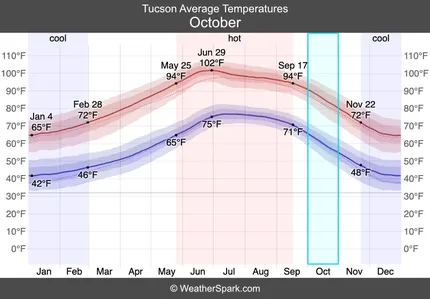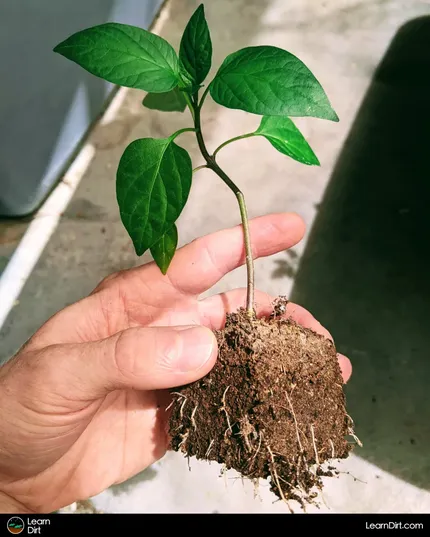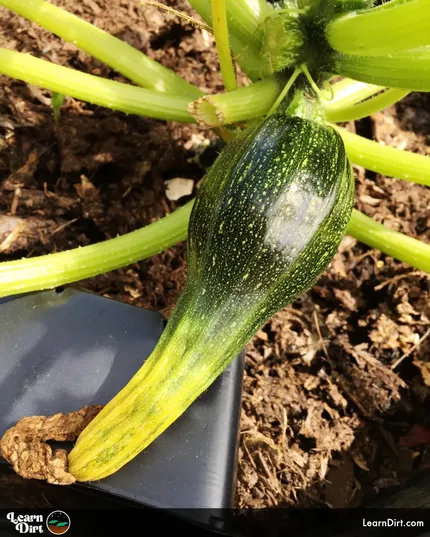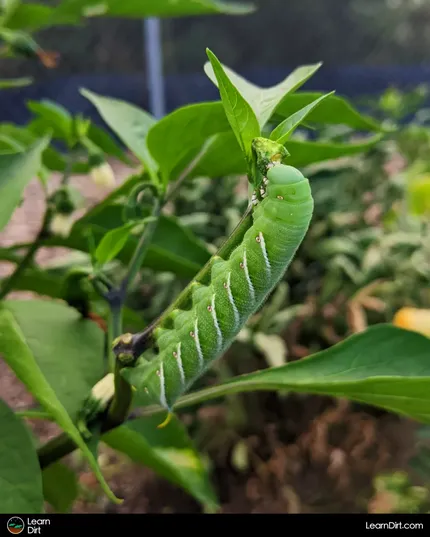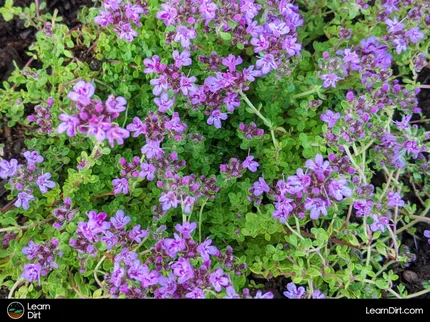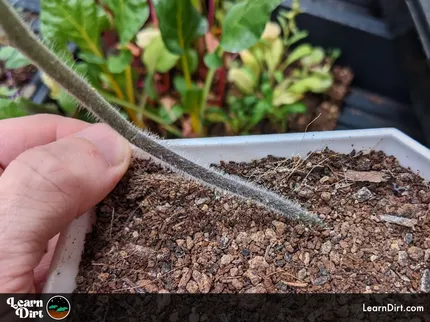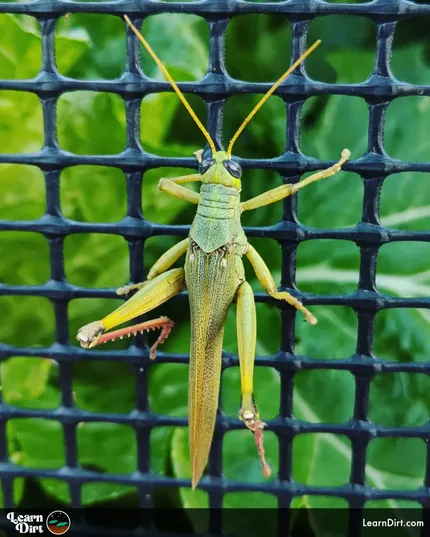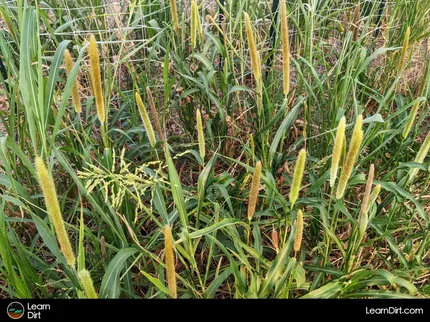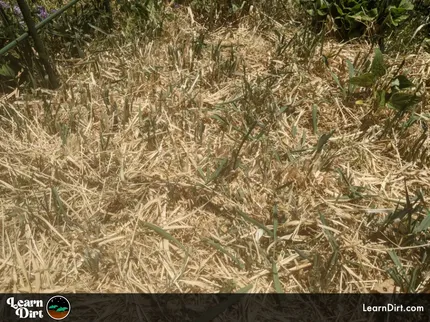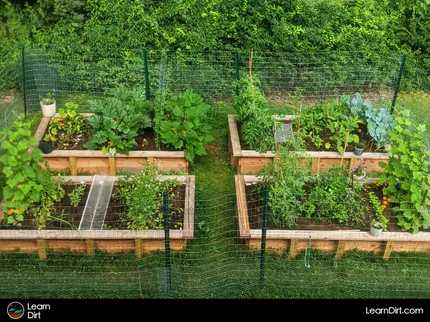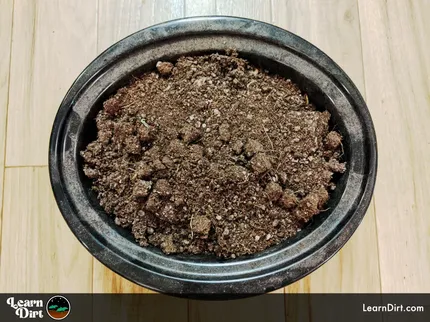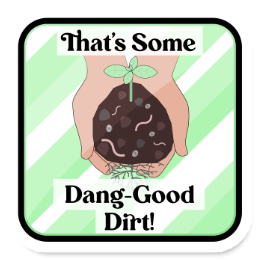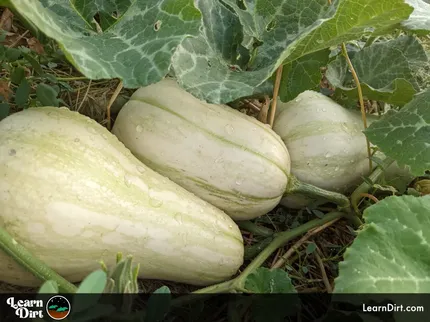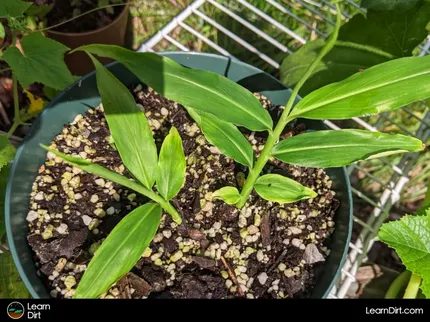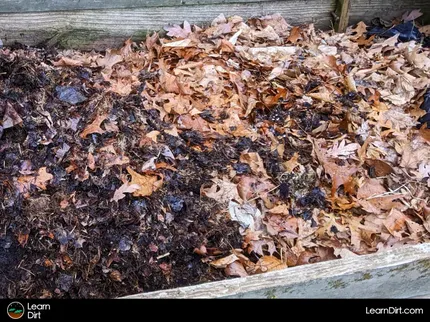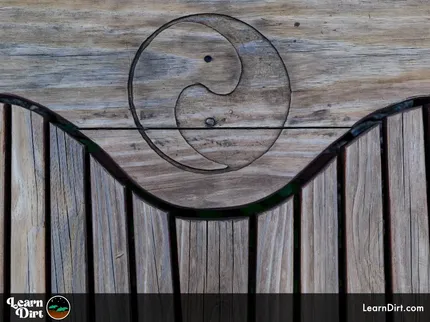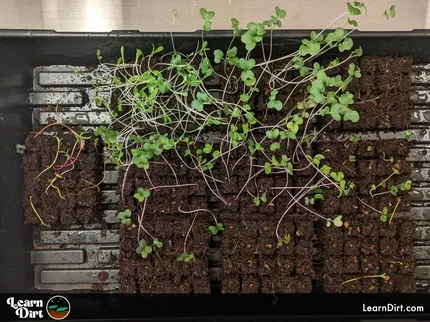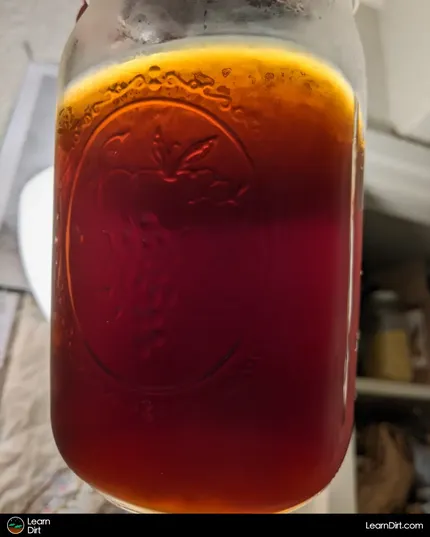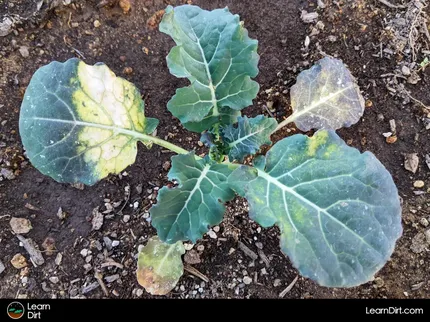Table of Contents
* Our articles never contain AI-generated slop *
As a Mediterranean native, basil likes warm conditions, lots of sun, and semi-aridity. While it wouldn't do well out in our desert here in AZ, our gardens make a perfect habitiat for basil to thrive!
We're delving into how to grow basil in Arizona here, to ensure you've got the know-how you need to cultivate your own desert basil at home.
What Conditions Does Basil Like to Grow In?
In general, basil likes warm and hot temperatures. This is a Mediterranean plant, after all! That means hot dry summers are often totally fine for basil.
Disclaimer: This post may contain affiliate links. Refer to the privacy policy for more information.
As with most plants, there are many varieties of basil! Some are better-adapted for different regions and climates.
Some of these varieties may fall outside of the season I've laid out below, so always take these things with a grain of salt and experiment with different varieties yourself.
You never know what variety you'll find that does particularly well in your climate and microclimate!
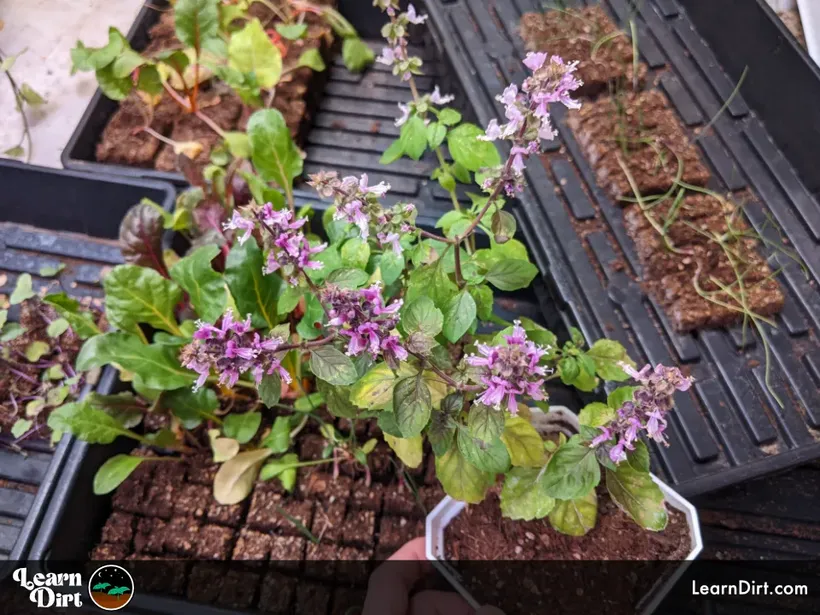
Growing Basil in Arizona
Because our climate is so unique here in AZ, we'll need to look at how basil fits in here, when it's in season, and some desert specifics to increase our chances of successfully growing it in our gardens.
When is Basil in Season?
I've observed basil thriving in Tucson here from April through November. By mid-to-late-October and November, basil has usually gone to flower but will still have plenty of nice leaves for plucking.
Does Basil Like Shade?
Do consider that a bit of shade cloth or a shady spot can make a big difference for your basil in the midsummer desert heat.
Join The Grower's Community
Looking for a place to meet growers,
ask questions, share knowledge, be heard,
and feel like you belong? 🌱
Check It Out!
The Sonoran does get hotter and sunnier than the Mediterranean, so take this into account and help your basil out with a bit of shade.
When Does Basil Flower?
The bees love the October / November basil flowers here, so consider leaving them standing to help out your pollinators and ecosystem!
Does Basil Tolerate Frost?
When the cold snaps come in November or early-December, basil will turn black and quickly die off, so I suggest harvesting all you can by early-November.
Basil does not like it when the nights drop down into the low-40's and high-30's.
When to Plant Basil in Arizona
Now that we've got an idea of the seasonality, let's talk about when to actually plant it.
Your exact location and microclimate will play a role in seasonal timing, but I've listed my basil timing here in Tucson which you can use as a starting point and then adjust:
For spring planting, February is a good time to get your basil started if you're growing from seed indoors. This gives you enough time for your basil to put on some size while you wait for the last frost to pass in the spring.
By late-March, seeds can be direct-sown outside and you can also start transplanting out basil as soon as your last frost date has passed.
I continue planting direct sowing and transplanting basil until sometime in May, when temps start to get too hot. As long as the basil is out and acclimated before the 100F+ days really pick up, it can usually hang through the summer if well-mulched & irrigated
by early-June you can start more indoor basil from seed, for an Autumn planting.
In September when the 100F days break, you can start your Autumn round of direct-sowing and transplanting outdoors.
Common Basil Pests in AZ
I've noticed A lot of insect bites out of my sweet basil, which I believe to be from the increase in grasshoppers after the abundant 2021 monsoon.
I'm not sure if this guess is correct, however the basil seems to turn black around the bites and seems stunted and more curled under than usual. Could this be related to the insects eating the leaves?
Thrips can also be a problem on basil and will do a lot of damage if given the opportunity. Insecticidal soap can help with thrips in the greenhouse or seed-starting area, but I recommend against spraying it in the garden as it can kill beneficial insects too.
Transplanting Basil
Like tomatoes, basil will grow new roots anywhere the stalks are exposed to water. This is the reason basil propagates so well in a glass of water on your window sill.
This means that when transplanting basil out into the garden, you have the option to bury it deeper than the original soil line.
If you choose to bury your basil deeper, be sure to strip the lower leaves / shoots off before doing so.
Burying your basil deeper than the original soil line will allow the basil to focus more energy on root expansion at first, having more stalk underground to produce roots from.
This focus on root production theoretically allows your basil plant to expand its moisture and nutrient uptake zones before focusing on leaf / shoot production. This should produce more basil eventually, with a delay initially - long-term thinking.
Have you tried burying your basil stems deeper? If so, we'd love to hear from you over on the forum about whether you think this did anything or not!
Dig Cool Merch?
That's all for now, thanks for reading!
If you have any questions, comments, or would like to connect with fellow gardeners, head on over to the forum and post there.

![Don't Till Away Your Carbon [Taffy]](/media/product_images/dont-till-away-your-carbon-[taffy]_shirt_260x260.png)
![Black Dirt Live Again [Blue]](/media/product_images/black-dirt-live-again-[blue]_shirt_260x260.png)


